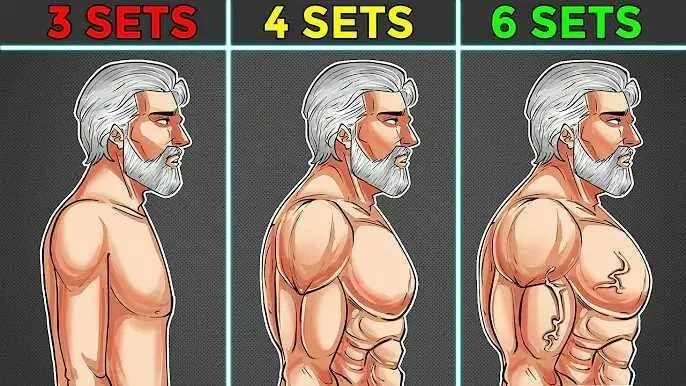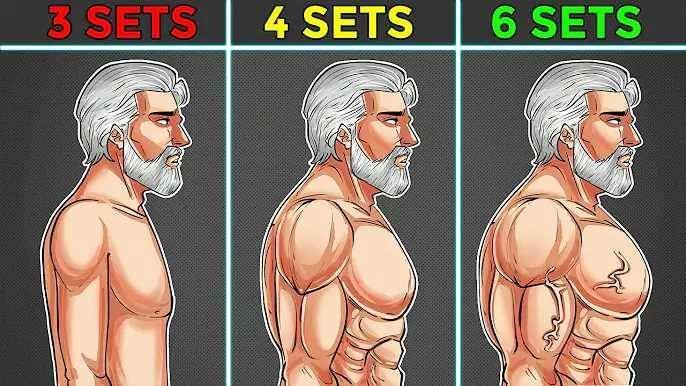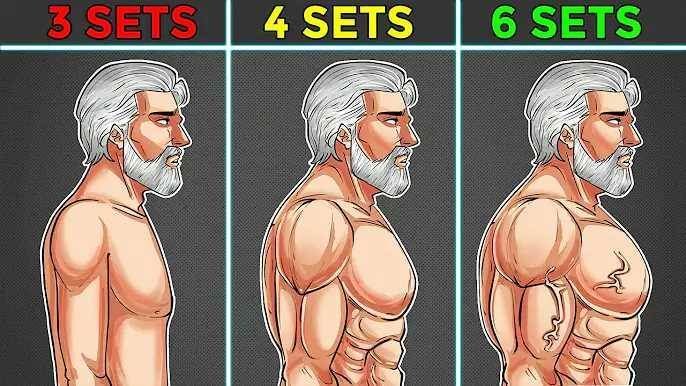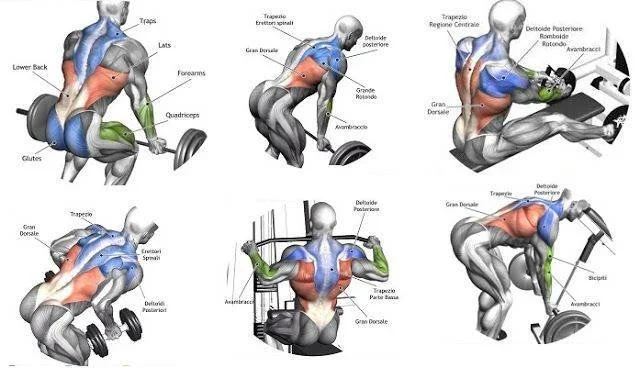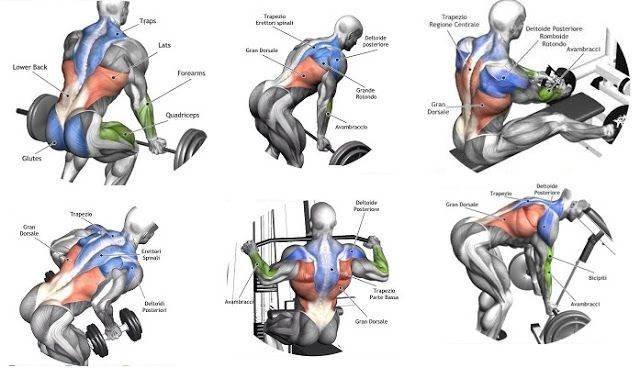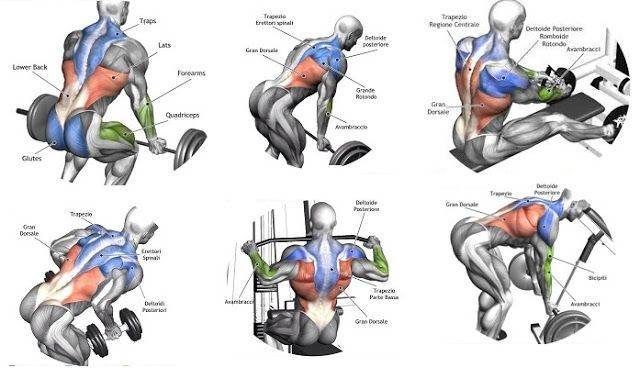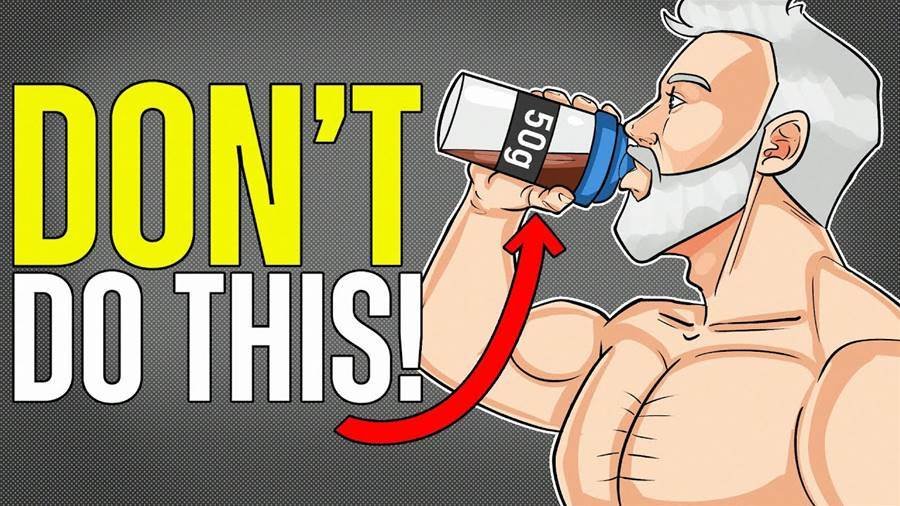5 Steps to Get Bigger Arms in 30 Days
Want noticeably bigger arms in 30 days? This concise, focused plan gives you five practical steps; workouts, nutrition tweaks, and recovery habits; to maximize arm growth quickly and safely. Commit to the plan, track progress, and adjust weights each week for steady gains.
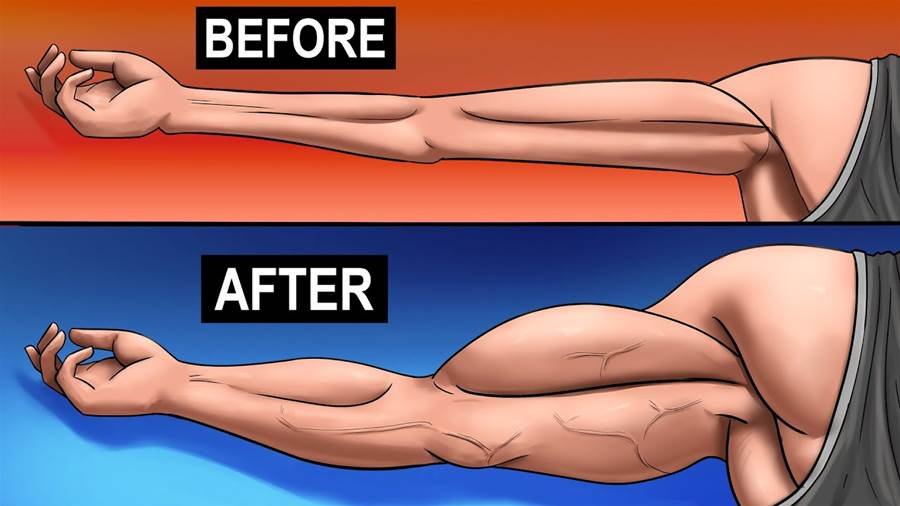
Step 1 — Prioritize Progressive Overload
- Increase weight, reps, or sets each week. Progressive overload forces muscle growth. Aim to add 2–5% more weight or 1–2 reps each session.
- Focus workouts around a mix of compound presses and isolation moves so your biceps and triceps get both heavy loading and targeted stimulus.
Step 2 — Use the Right Exercises and Rep Ranges
- Compound lifts: Close-grip bench press, dips, and chin-ups build overall arm mass.
- Isolation moves: Barbell curls, hammer curls, triceps pushdowns, and overhead triceps extensions create shape and peak.
- Rep scheme: 4–6 heavy reps for compound strength, 8–12 for hypertrophy, and finish with 12–20 for metabolic stress. Combine ranges across sets.
Step 3 — Train Frequency and Volume
- Train arms directly 2–3 times per week with moderate volume (8–16 total sets per muscle group/week), and include them indirectly on compound days.
- Structure sample week: Day 1 heavy compound focus, Day 3 accessory arm work (higher reps), Day 5 mixed strength + finishers. For complementary core work, consider a focused plan like the 30-Day Ab Challenge to stabilize your lifts.
Step 4 — dial in Nutrition and Calories
- To grow, eat a slight calorie surplus: ~250–500 kcal above maintenance, emphasizing protein (0.7–1.0 g per pound bodyweight).
- Prioritize whole food protein sources, adequate carbs around workouts, and healthy fats. Small changes in diet often speed visible results more than extra sets.
Step 5 — Recovery, Form, and Consistency
- Sleep 7–9 hours and manage stress—muscle repair happens outside the gym.
- Maintain strict form to target the intended muscles and avoid injury. Use tempo (2–1-2) on accessory lifts to increase time under tension.
- Balance arm work with overall conditioning; consider mixing in balanced plans like these 5 Full-Body Workout Routines on non-specialized days to keep fat low and shape defined.
Quick 30-Day Sample Microcycle (Weeks 1–4):
- Week 1: Establish baseline weights, focus on technique.
- Week 2: Increase volume (add a set) and push rep targets.
- Week 3: Add weight on main lifts; maintain accessory volume.
- Week 4: Deload or reduce volume slightly while keeping intensity to let growth consolidate.
Common Pitfalls to Avoid
- Chasing ego lifts—too much weight with poor form limits growth.
- Overtraining—arms need recovery; constant soreness with no progress is a sign to back off.
- Ignoring nutrition—no matter how hard you train, insufficient calories/protein will stall gains.
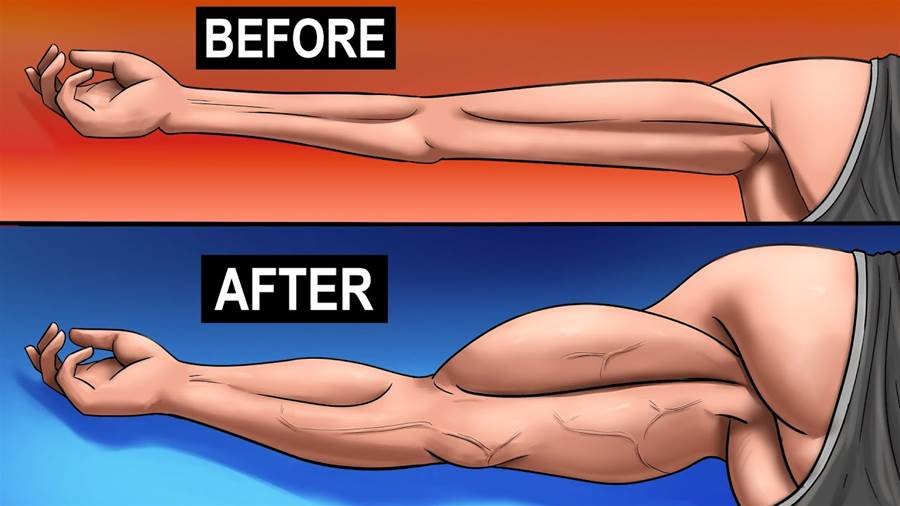
Conclusion
Pair training with a sensible nutrition plan for faster results; for a structured dietary push you can explore the Keto Challenge 30 Days To Transform Your Body Fast Food Edition to see how adjusting your eating strategy can accelerate your 30-day arm gains.


